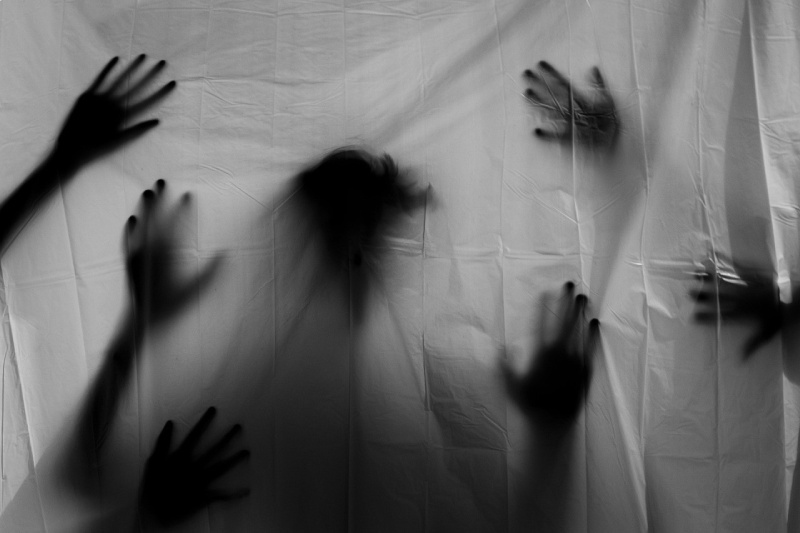How to Save the Horror Genre

Jump scares, creepy descriptions, and suspense-filled narratives. And, oh, if you mention “based on a true story” in the beginning, brownie points for that.
The horror genre has dazzled audiences with its spine-chilling sequences, tapping into audiences’ deepest and darkest fears, manifesting a sense of unease.
However, a forever favorite, the horror genre struggles to keep its uniqueness alive. The same old ghost origins and behind-the-door monsters have taken the thrill away from the experience. Let’s discuss how we can save the horror genre.
The Subtleties
When it comes to works of fiction of any genre, the beauty is in the subtleties. Nowadays, authors are looking to pepper their horror stories with shocking content followed by in-your-face jump scares.
In the process, they tend to get too reliant on descriptive writing and exempt the true essence of what makes a horror genre engaging and riveting.
To write good horror sequences, we must understand the true nature of fear.
What frightens humans the most is ambiguity or the fear of the unknown.
Take everyday life, for example; everyone has experienced that dreaded feeling of turning the lights off in their living room alone, then running upstairs, thinking there is someone, or some” thing,” behind them.
Deep down, you know there isn’t anything that can cause you harm.
But somehow, through the sheer ambiguity that may possibly reside in the dark, you can’t help but give into your fear and seek solace in your room.
A great horror writer knows how to terrify their audiences with subtle details; perhaps it’s a character that smiles a peculiar way every time they show up in the story or a chair rocking in the background of a mundane conversation.
Story
Now that we have the horror sequences sorted, let’s further investigate the most crucial aspect of a good horror story.
It is the plot itself.
The industry is filled with talented authors bringing their particular flavor into the mix. From killer clowns to ghosts falling in love, there isn’t much to complain about uniqueness.
However, there’s more to constructing a compelling plot than just innovation. The story shouldn’t just be a cautionary tale but encapsulate a nuance much more extensive than itself.
The Shining, by Stephen King, incorporated nuances of jealousy, abuse, and, yes, insanity too.
The Exorcist delved into the conflict between faith versus reason, and Frankenstein explored loneliness, isolation, and even the plights of scientific exploration.
Any book worth reading keeps you talking about it even after the last turn of the page. These reads deliver just that.
The Ending
Like an orchestra building up a score, the final sequence of the story should be a crescendo, where the reader will find their money’s worth for sticking till the end. Here, the true mark of a great author is demonstrated.
There is one particular horror story that is creating all the buzz in the genre by one of the most exciting authors of our time.
Juju has penned a breath of fresh air in the genre of horror, titled, The Costly Wish, a book that encapsulates all of the components mentioned above that can potentially save the horror genre from repetitive content.
It is a compilation of short stories that keep the audiences guessing, playing around with the pacing, only to lead them to its shocking conclusion.
The book is a perfect balance of a riveting plot, impeccable pacing, and surprises.
A terrifyingly delectable read, The Costly Wish, is now available on Amazon.